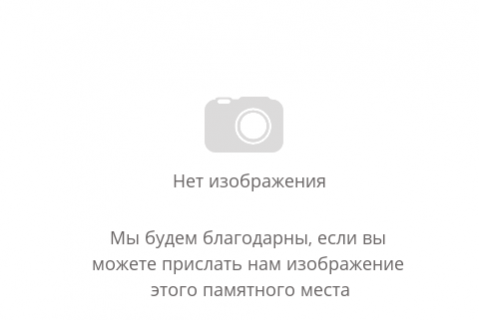The Nyurdor-Kotya settlement was created in 1942 by peat-miners recruited in the villages of the Vavozhsky district. (It takes its name from the nearest village.) In 1945 deported Soviet Germans from the Volga (220 families) were transferred there from Mordovia and Chuvashia. The men, women and children who died were buried in a separate section of the settlement graveyard. Their numbers have not been established.
In the 1970s the graveyard was wrecked during earth works. The inhabitants of the settlement fenced in the only surviving grave mound and placed a cross there with a memorial plaque. It reads:
“Here lie buried those who had to endure the horrors of deportation in the 1940s. Millions of people of different nationalities, including Germans living in the Volga district and other parts of the USSR, were expelled by force. In those hard times they worked side by side, overcoming all the difficulties of wartime and became our fellow villagers. They were not guilty of anything. Their only fault was to be German … Forgive us and rest in peace”.
The electronic Book of Remembrance (Gedenkbuch) of Russian Germans contains biographical entries on more than 100,000 Soviet Germans variously sentenced under Article 58, deported as forced settlers, or mobilised in camps of forced labourers.
The Memorial online database (2025) lists 21,294 victims in Udmurtia (BR 9,567). See powder depot.
| Date | Nature of ceremonies | Organiser or responsible person | Participants | Frequency |
|---|---|---|---|---|
|
nk
|
Commemorative Services
|
nk
|
nk
|
From time to time
|
| State of burials | Area | Boundaries |
|---|---|---|
|
one grave mound has survived
|
not determined
|
not delineated
|
[ original texts and hyperlinks ]
M. Sivkova & Ya. Milovidova, “The history of the forgotten village of Nyurdor-Kotya”, A 2012 research project, Nyurdor-Kotya middle school
Unknown Udmurtia, Izhevsk, 2006

